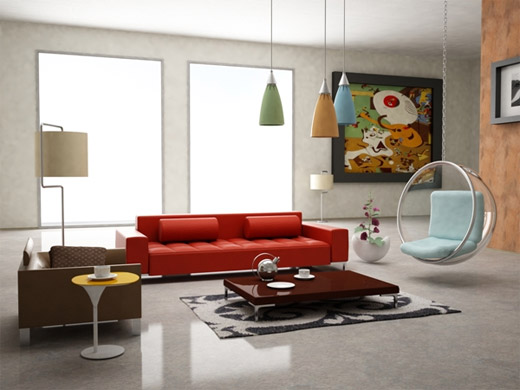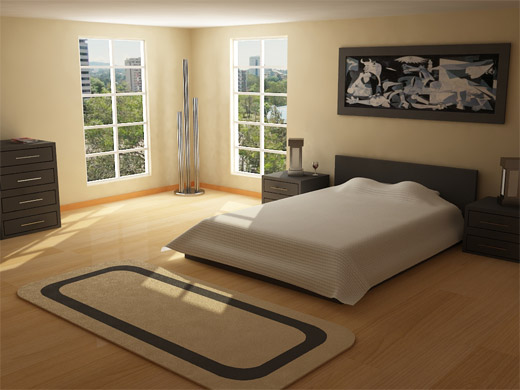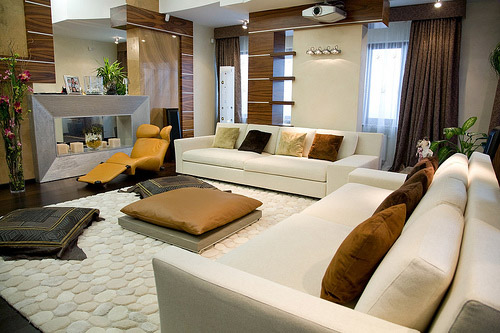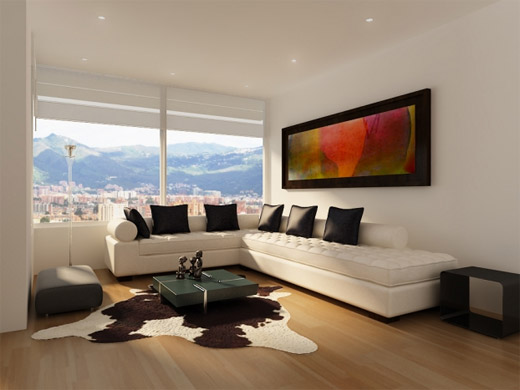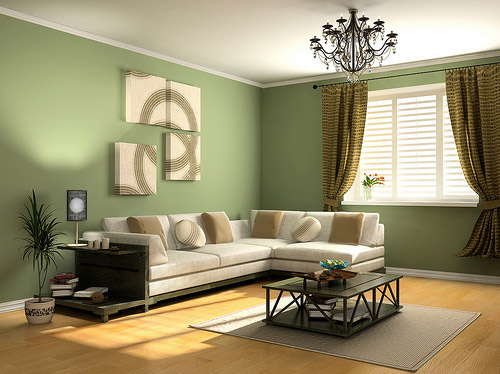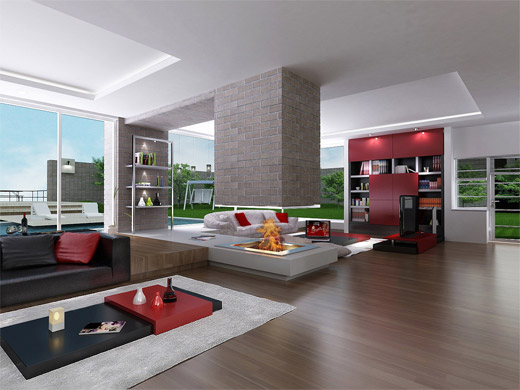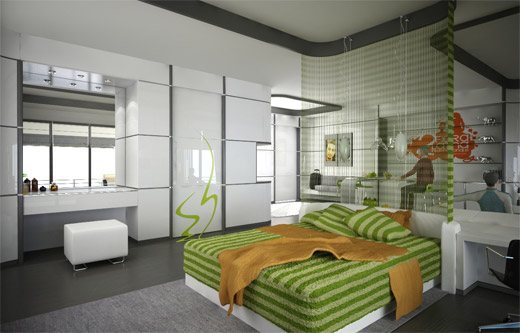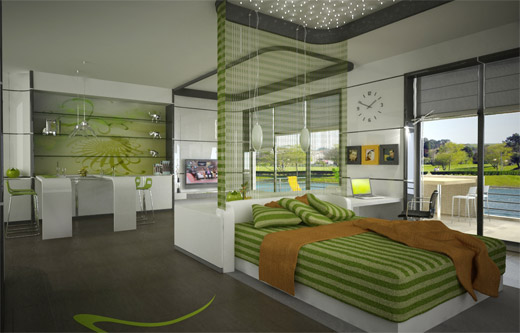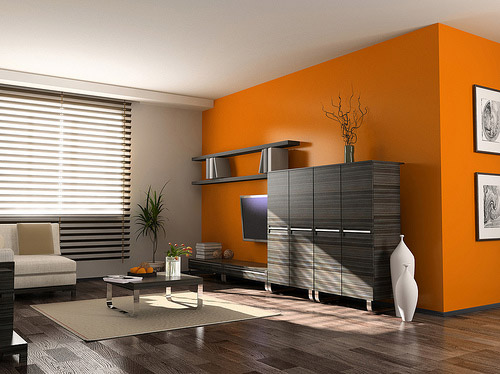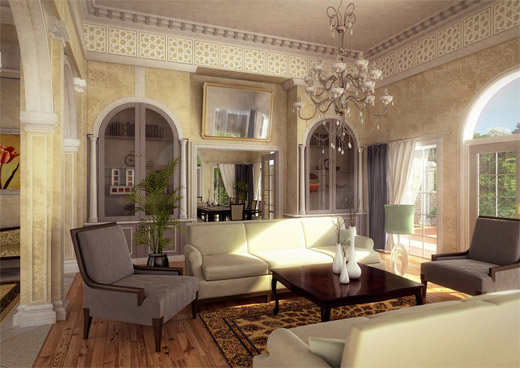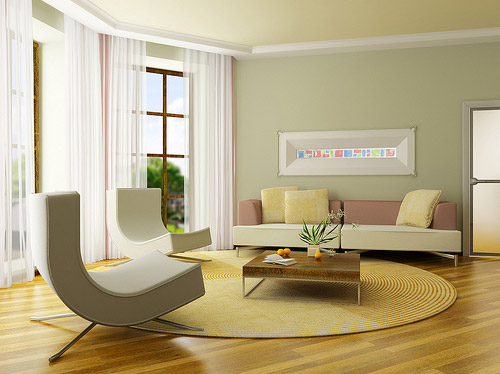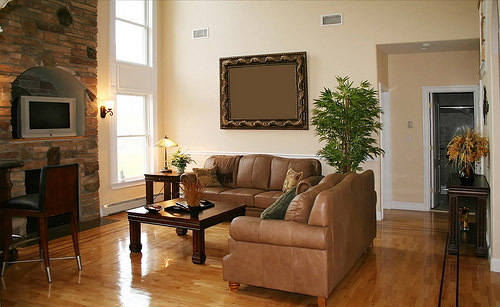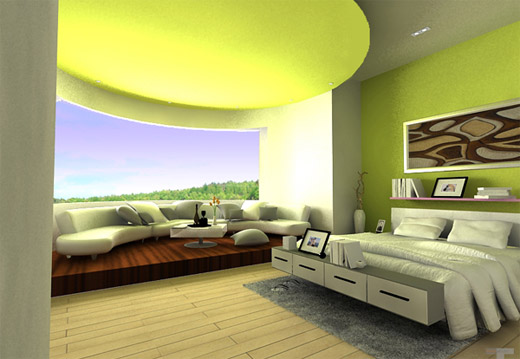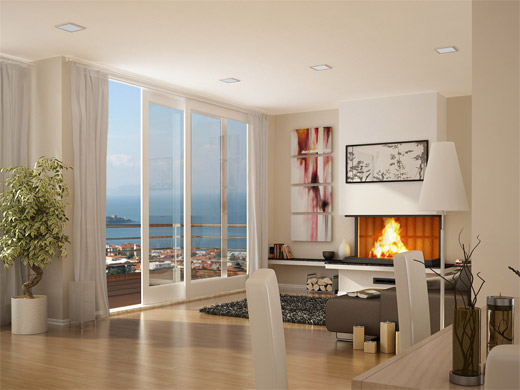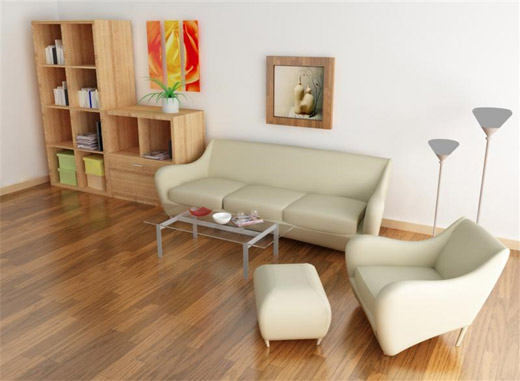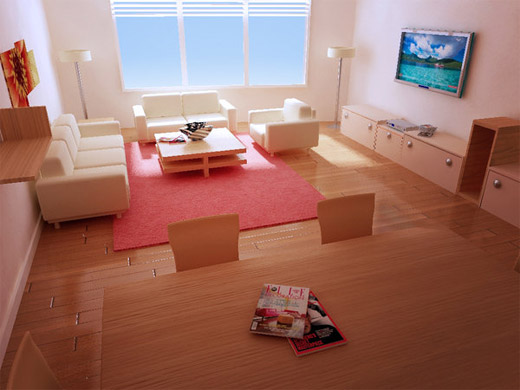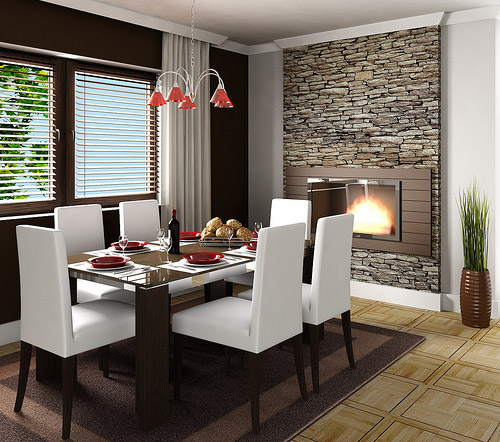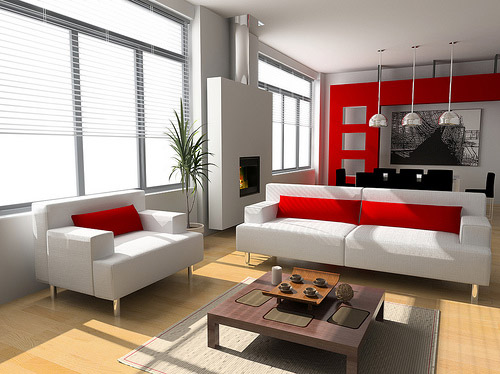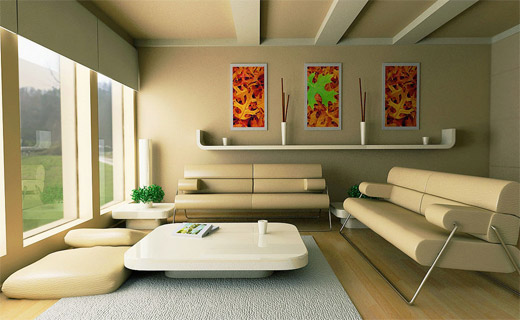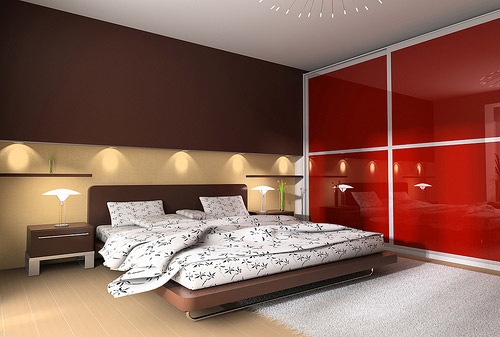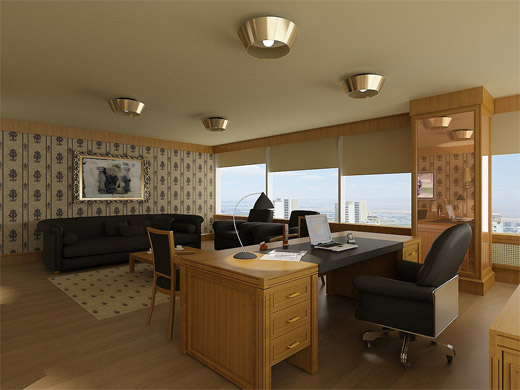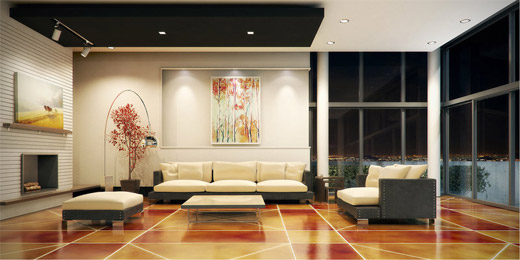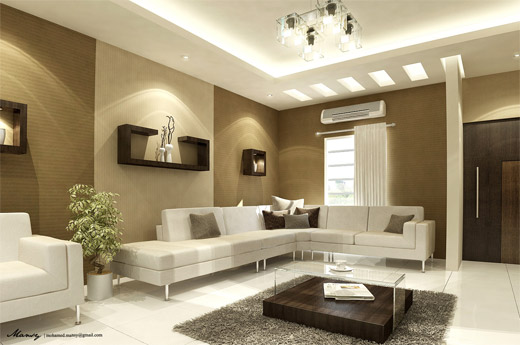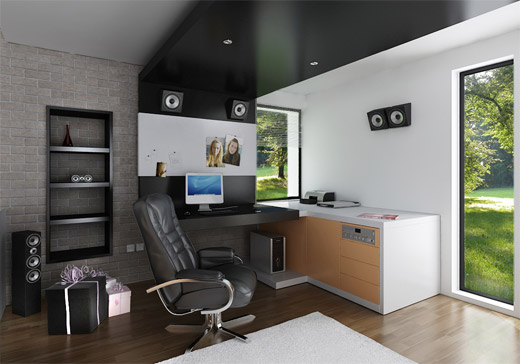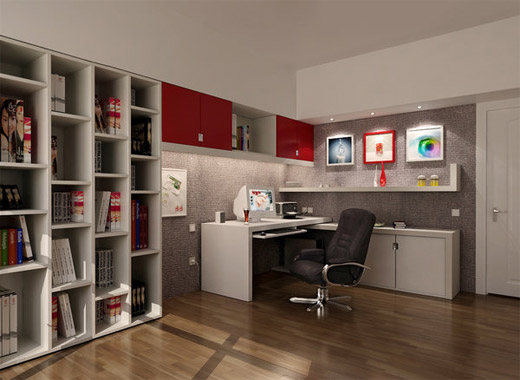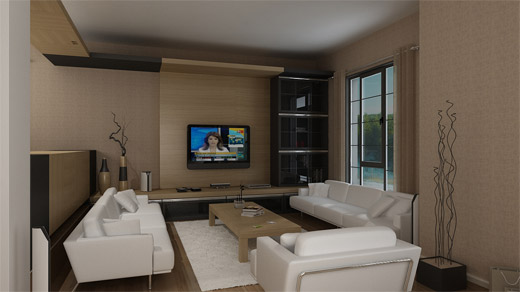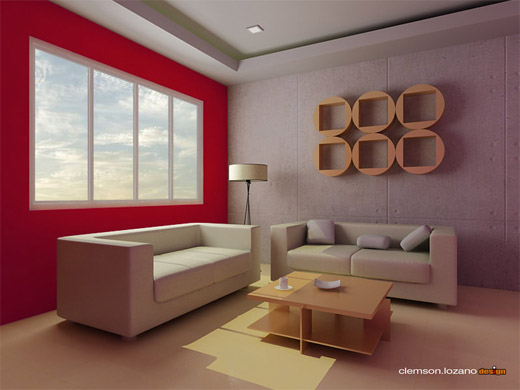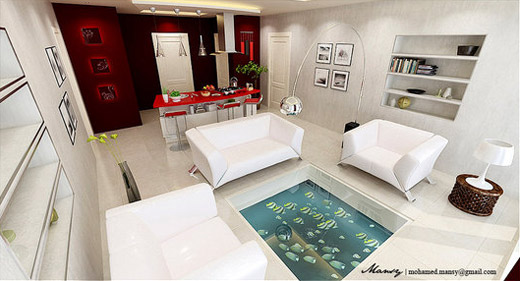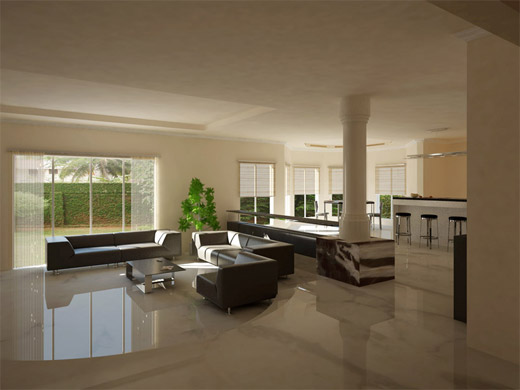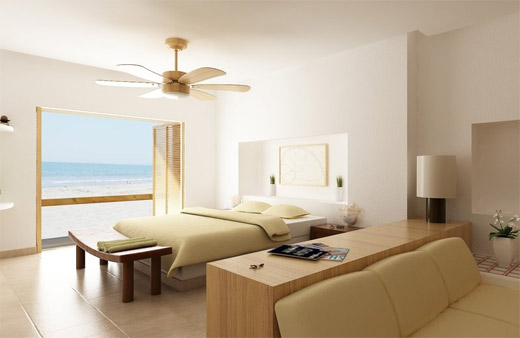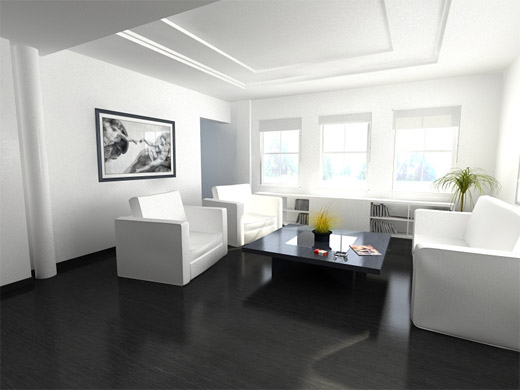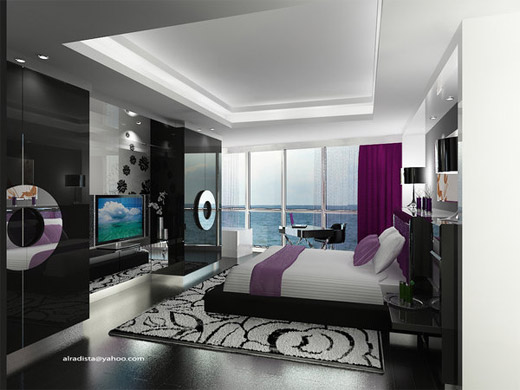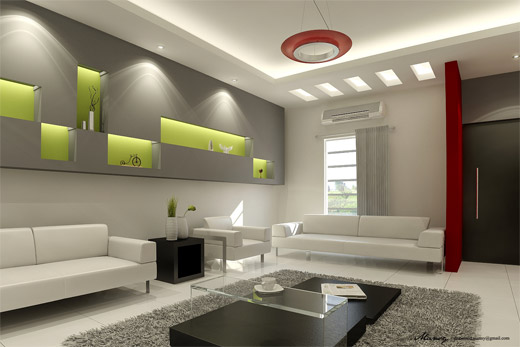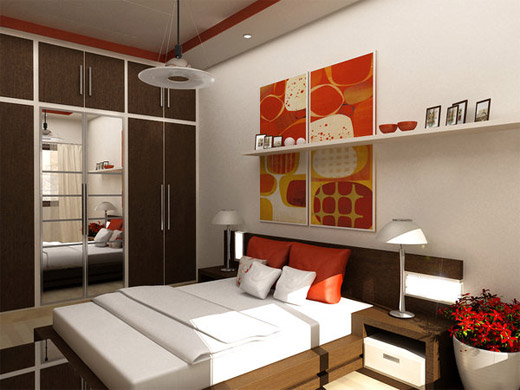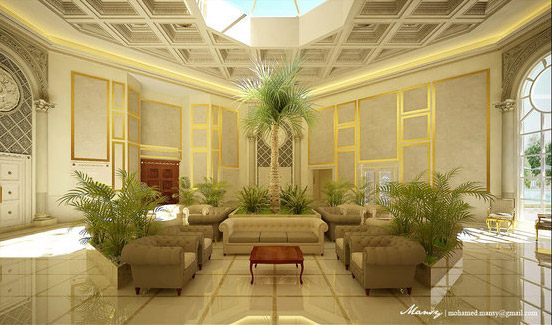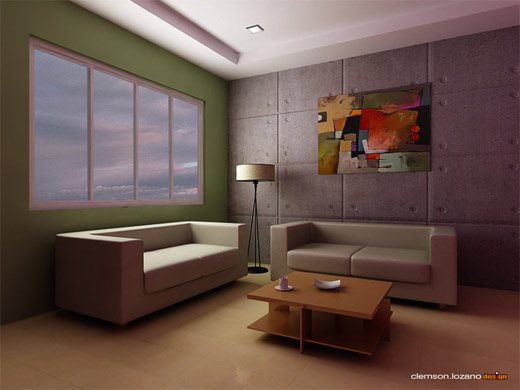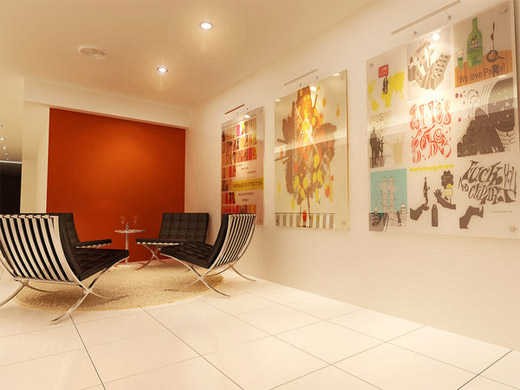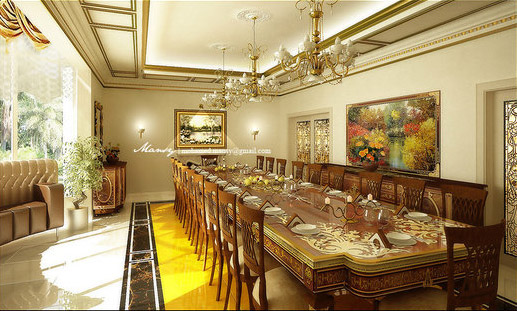Part 1 of this tutorial shows a way to create very realistic looking rocks that can be rendered far away or for very detailed work. After failing to find a decent tutorial online I decided to start experimenting and I came up with this. I already knew how to make decent looking rock but I needed a way of generating loads quickly for a very rocky landscape. In Part 2 we are going to distribute those Rocks on a large scale using Vray Mesh Export and the Advanced Painter Plugin.
You need. 3ds Max, V-Ray, and Francois Mourlevat’s Asteroids Generator Script and the texture inluded in the scene file which is a modifies version of a texture I got from CG Textures.
There is a video that shows the process at the end of the tutorial.

You can have a mess around with these parameters. It’s ok to delete the rock that appears when you open the script. The settings I have used are good for the jagged rocks I need. Hit the Creation Button.



You can take the Reflect amount down to 40 or lower and turn Refl. glossiness down to 0.5. You can mess around with these levels.



Note: to speed up the rendering you can use 3D mapping, instead of 2D mapping, for a slightly different, but faster result.

At this stage hit render to see what your rock looks like. Note: To get some light in the scene, change the Environment slot to white if it’s not already.
blur scripts link http://www.neilblevins.com/blurscripts/blurscripts.htm



You now have new rocks with exactly the same modifiers and materials applied. Make as many as you need.
If you are finding things are starting to get heavy for your PC then turn Iterations in the Turbosmooth Modifier down to 1. Essentially we want to create these rocks for distribution using Vray Mesh Export at a later stage so a higher Iteration will be fine. But for this exercise you can turn it down.




Note: The settings in the incuded scene file have Brute Force GI and camera Depth of Field (DOF) enabled, and this can take a while to render. To speed up the rendering you may want to try using the Irradiance Map GI method instead, and turn off the DOF in the V-Ray camera.


Video














